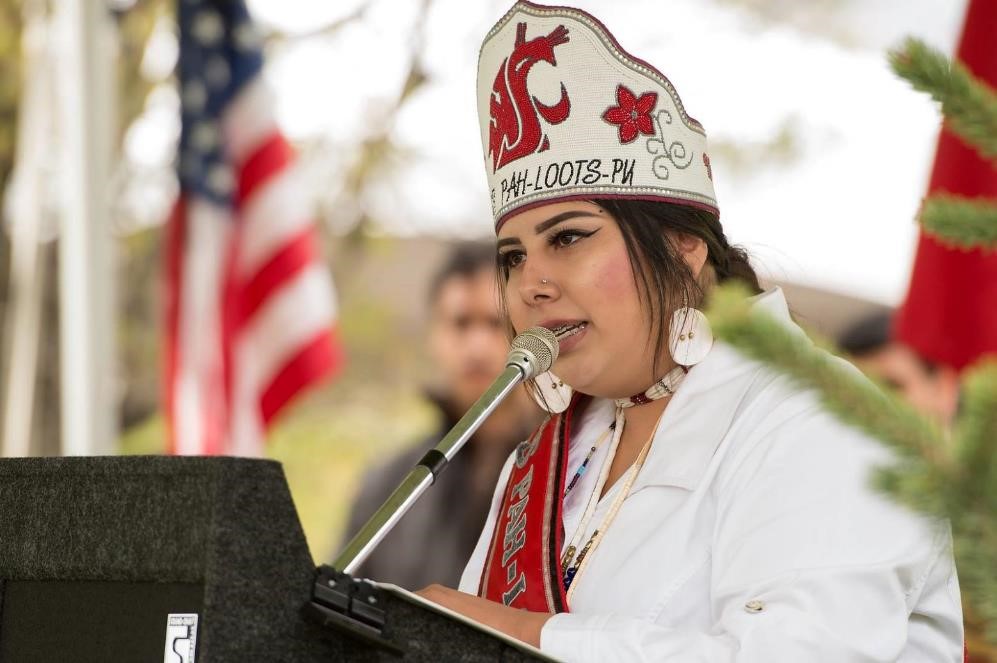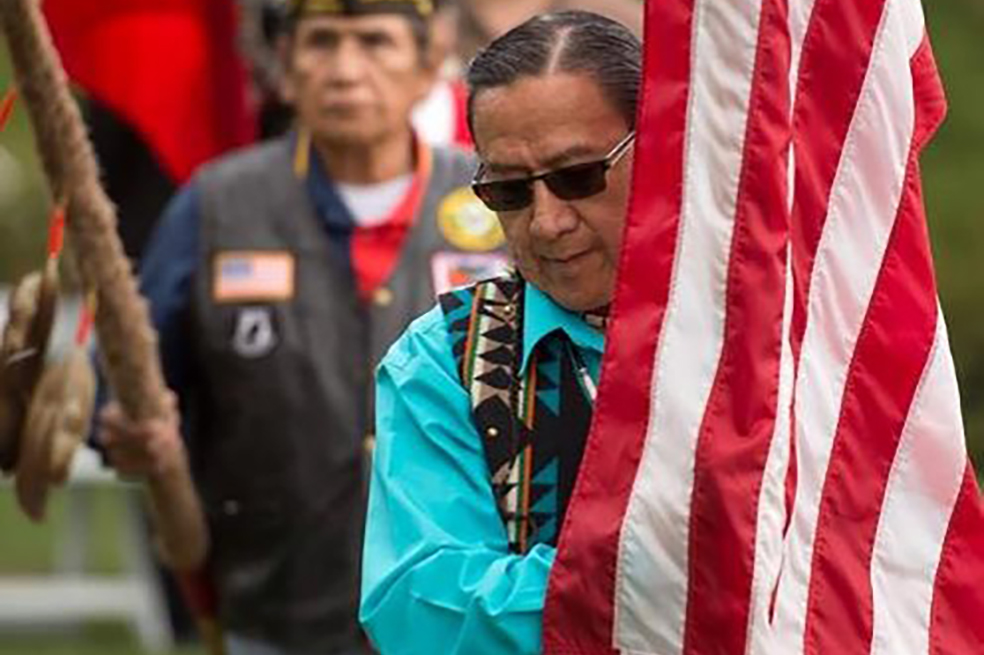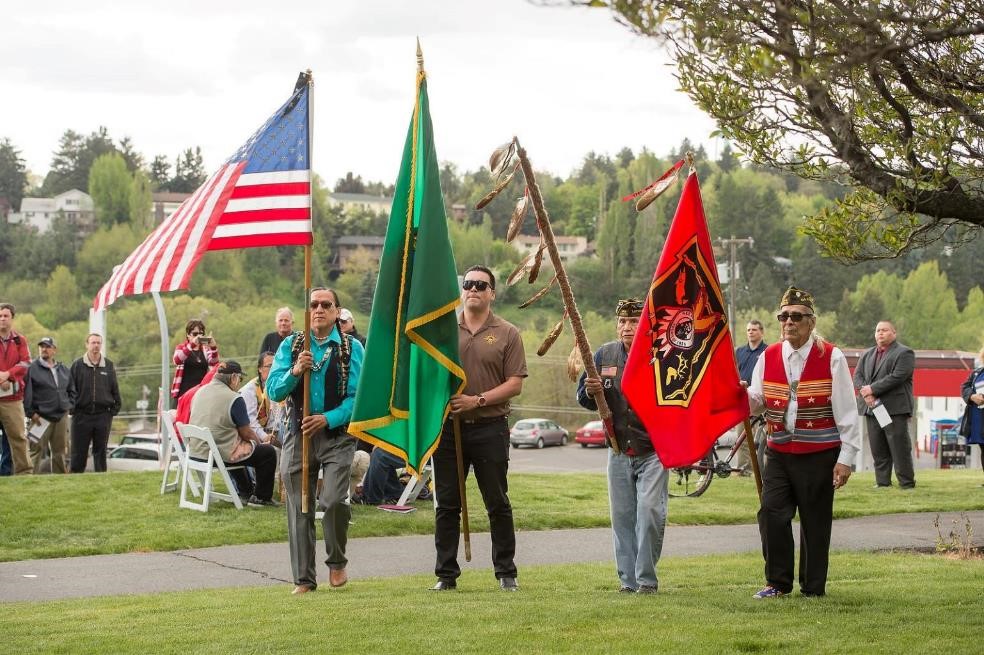Building History
In spring of 2014, President Elson S. Floyd recognized a particular way of honoring the past within Washington State University’s land-grant history, no less than its current form, the future. As a part of that history, he advanced a Cultural Center, now the Elson S. Floyd Cultural Center. It was in honor of the land and the people of the land, not just now but in its history, that he advanced a “Cultural Center,” not a “multicultural center,” though the university also has the Office of Multicultural Student Services.
We say “cultural” rather than “multicultural,” because though we endorse the celebration of all the cultures that comprise our society and our university. The Center aims at directing attention to the historical cultures of Washington State. The idea is to recognize—for all of us—those who have been a part of the university, those who will continue to grow through the university, and all of us who take part in achieving a greater, more inclusive future.
April 28, 2016
The Past
It goes without saying that the location of WSU is the ancestral lands of the Palus people and the Nez Perce, and in effect, given Tri-Cities and Spokane, all of the Plateau indigenous people plus the Cowlitz of Vancouver, Wash.
But less obvious is that the first African American landowner of the state of Washington was George Washington Bush, who had initially founded what is now Tumwater, Wash. His role in helping populate the area prompted Washington Territory to decide to grant this African American and his family unambiguous ownership of land, despite the tendency in the U.S. (including Oregon, where Bush first attempted to own land) to disallow African Americans land ownership.
But what’s more significant is that his oldest son, William Owen Bush was among the first legislators of Washington when it became a state. And most important, in 1890 it was William Owen Bush who introduced the bill establishing Washington Agricultural College and School of Science, which became the State College of Washington, WSC, then WSU.
It would take 125 years after an African American proposed a land-grant university based on the Morrill Act for (signed into law by Abraham Lincoln) for Washington State University to have an African American president. But WSU’s culture is deeply tied to African Americans and Native Americans. WSU remains a land-grant university—which means a school which is to focus on the teaching of agriculture, science, engineering “without excluding . . . classical studies” (7 USC, §304), WSU recognizes that that agriculture within Washington has had Filipinos, Chinese, Japanese, Mexicans, other Latin Americans, Chicanos, Latinos—and Native Americans—among its agricultural laborers throughout the history of the university. WSU’s history has always included, from its inception, American Indians, African Americans, Chicanos, Latinos, Pacific Islanders, Asian Americans, and the many working white Americans of the state.
The Present
The University has long sought to assure inclusion, to assure studies in the many groups who comprise our society—women, LGBTQ, people of color, the poor— and a location that is dedicated to the histories of the contribution of America’s people of color specifically to Washington State University and the state of Washington. This isn’t simply a “celebration”; it is a responsible education.
Acknowledging and continuing this rich cultural history of the University reminds us that those who have traditionally been America’s people of color are not the “new students” (a common expression beyond WSU) who have something new to offer, though there is truth in that. The Elson S. Floyd Cultural Center recognizes more than a mere presence so that we can not only learn about but learn from. The Elson S. Floyd Cultural Center reminds the country—the world—to look again at its histories, its contributors, and to learn from all its people.
Ground Blessing
April 28, 2016

Miss Pah-loots-pu, MyKel Johnson

Nez Perce Honor Guard

Nez Perce Honor Guard